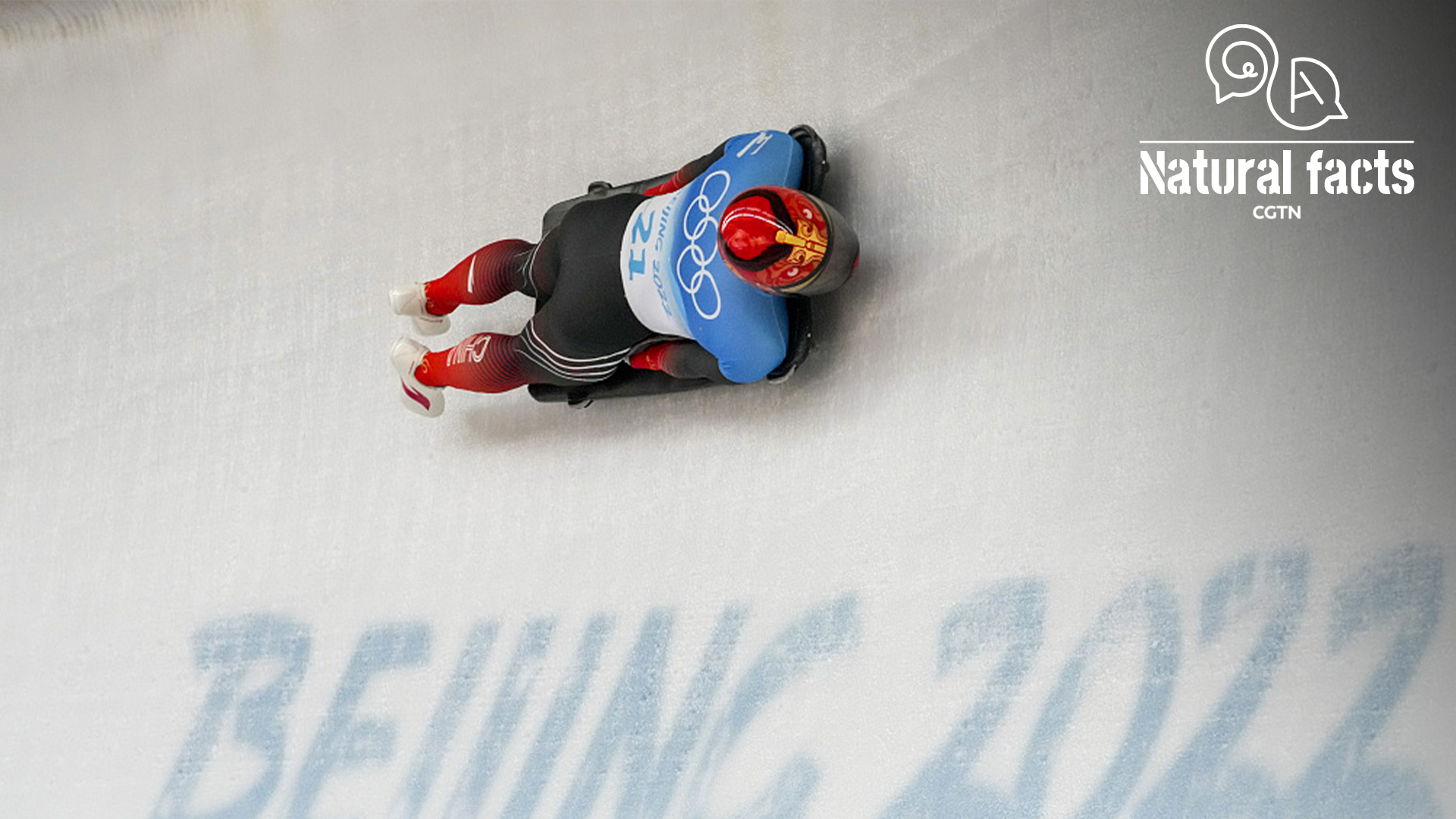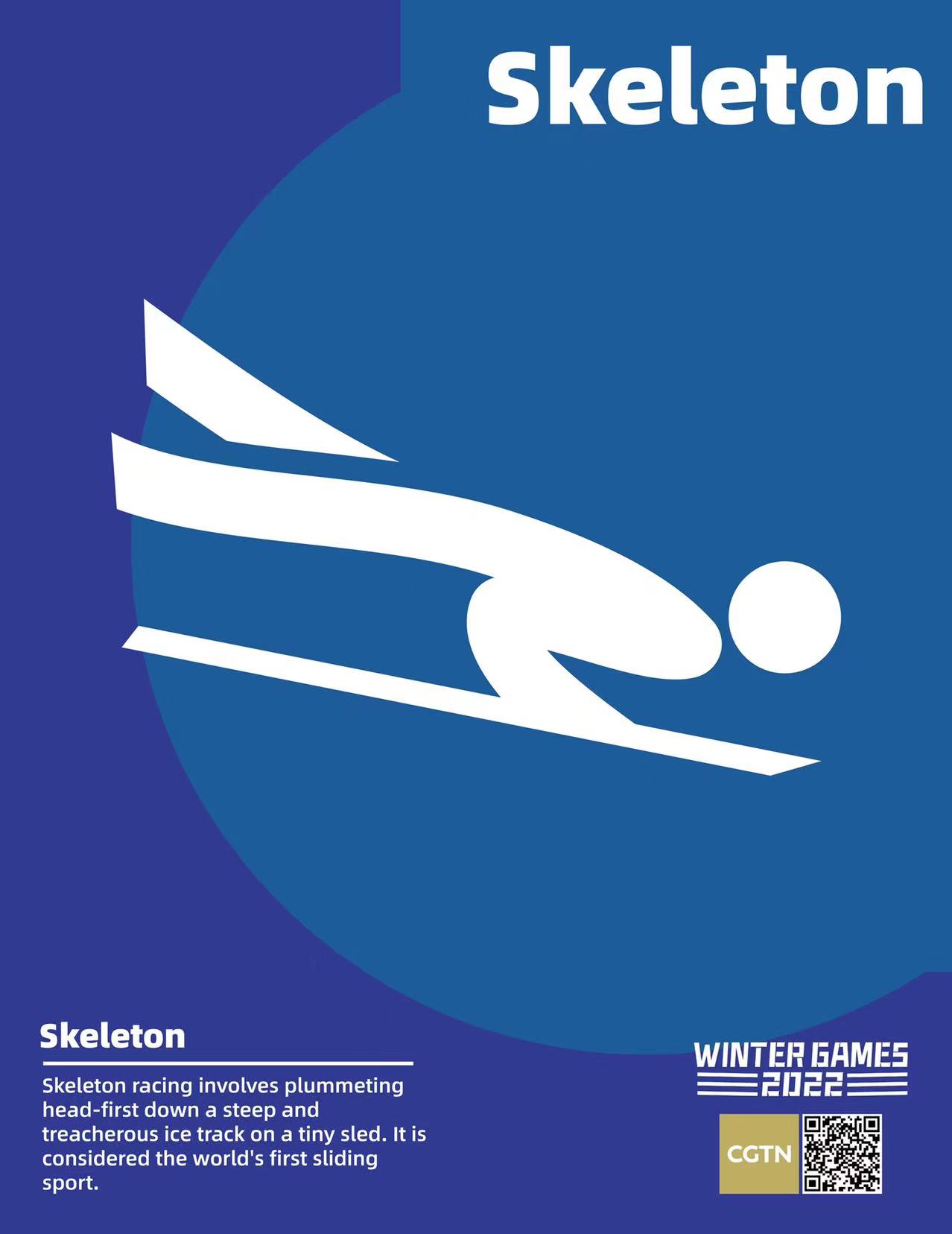
Editor's note: "Natural Facts – Q&A" answers questions on natural conditions involving winter sports. In this episode, China Meteorological Administration explains how temperature affects the speed of the skeleton.
Skeleton, one part of the bobsleigh competitions, is also known as swooping sled. The event, which takes place on a semi-enclosed course, is subject to rain, snow, high winds and other weather factors. The temperature is extremely important. How does temperature affect the skeleton game? Let's hear it from China Meteorological Administration.
Q: Why measure the temperature of a steel sled?
A: As we all know, the warmer the sliding blade, the easier it is to cut the ice and form an ice-water mixture, encumbering the safety of athletes. So, there are certain criteria about the sled temperature before the race. A standard sliding blade will be exposed in an environment of 18 to 22 degrees Celsius before the competition for 45 minutes. When competition time comes, as the ambient temperature drops, the temperature difference between the racing blade and the standard sliding blade should not exceed four degrees Celsius.
Q: How does the environment affect skeleton speed?
A: The racers need to change blades according to different weather conditions. It's kind of like picking tires for cars on the road, snow tires for snow, off-road tires for dirt. When the playing surface is cold and the ice becomes very hard, a tougher edge is usually chosen to control the speed. But with higher humidity, more sunshine, or a relatively higher temperature, the ice turns softer. Thus, the racers should choose some slippery edges to ensure speed.

What is skeleton? /Designed by CGTN's Feng Yuan.
What is skeleton? /Designed by CGTN's Feng Yuan.
(Cover image designed by CGTN's Feng Yuan)
(If you want to contribute and have specific expertise, please contact us at nature@cgtn.com.)

